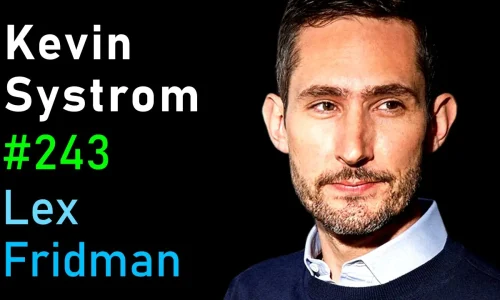See all Lex Fridman transcripts on Youtube

Kevin Systrom: Instagram | Lex Fridman Podcast #243
2 hours 44 minutes 38 seconds
🇬🇧 English

Omnivision Solutions Ltd
- Getting Started
- Create Transcript
- Pricing
- FAQs
- Recent Transcriptions
- Roadmap

2 hours 44 minutes 38 seconds
🇬🇧 English

Omnivision Solutions Ltd